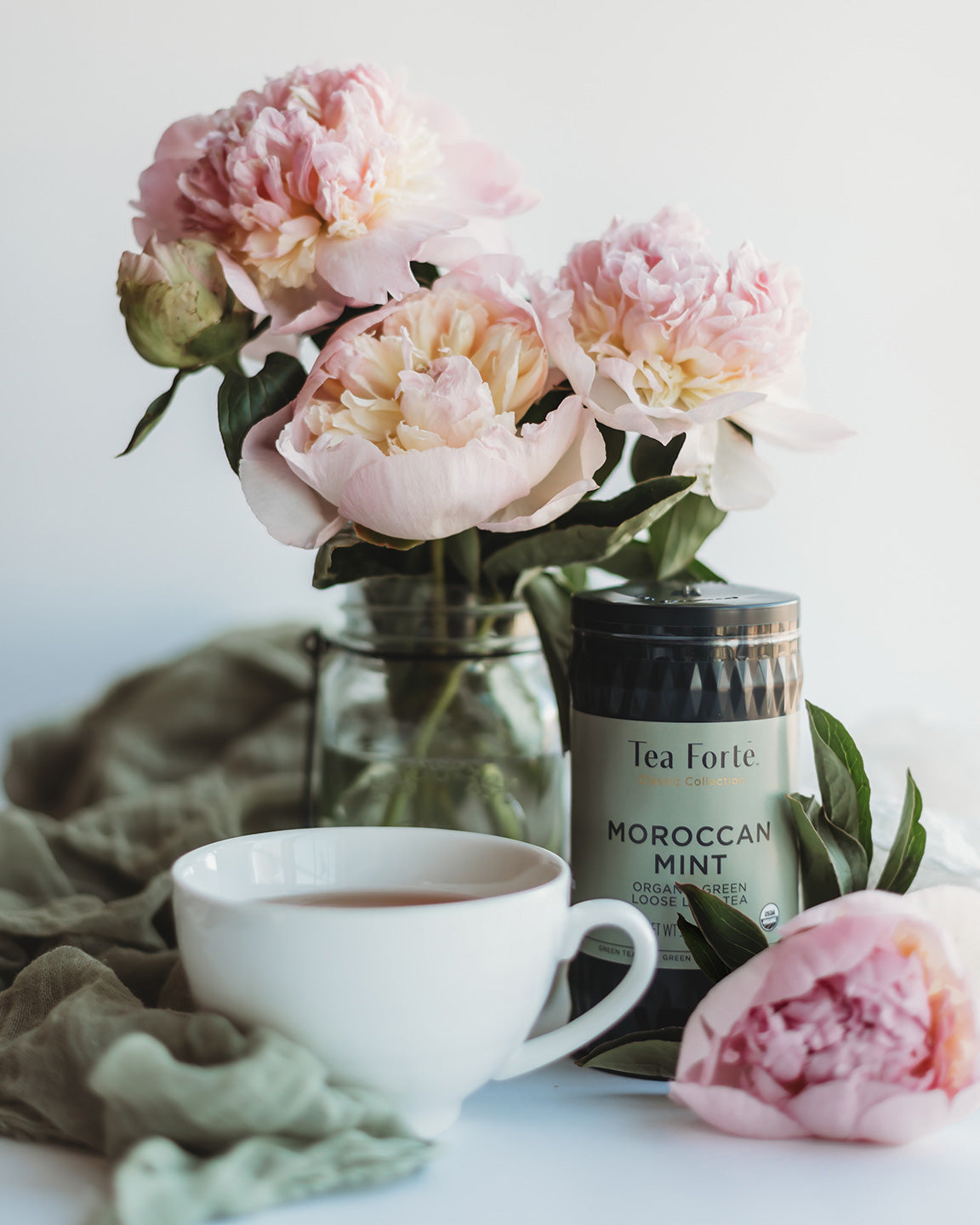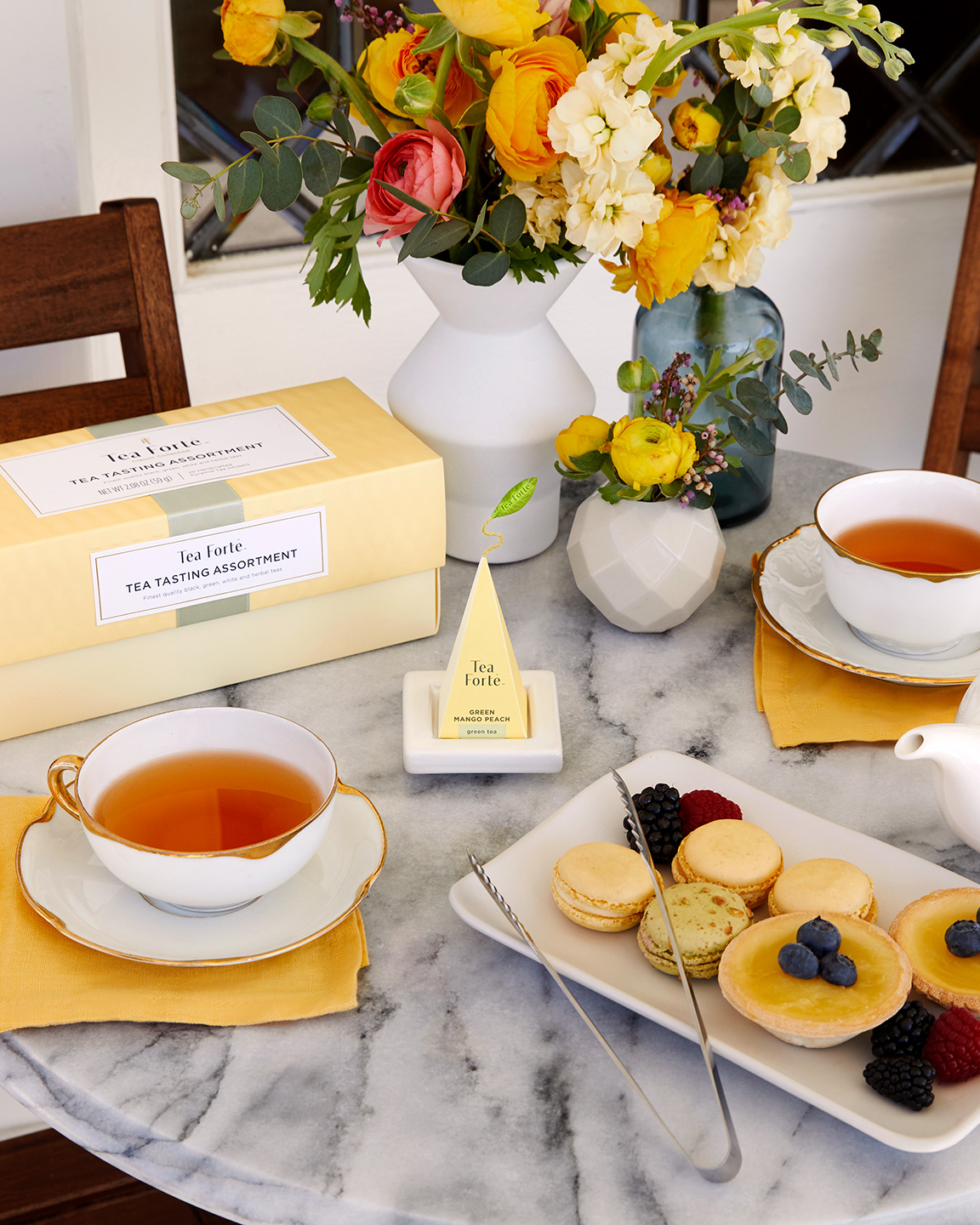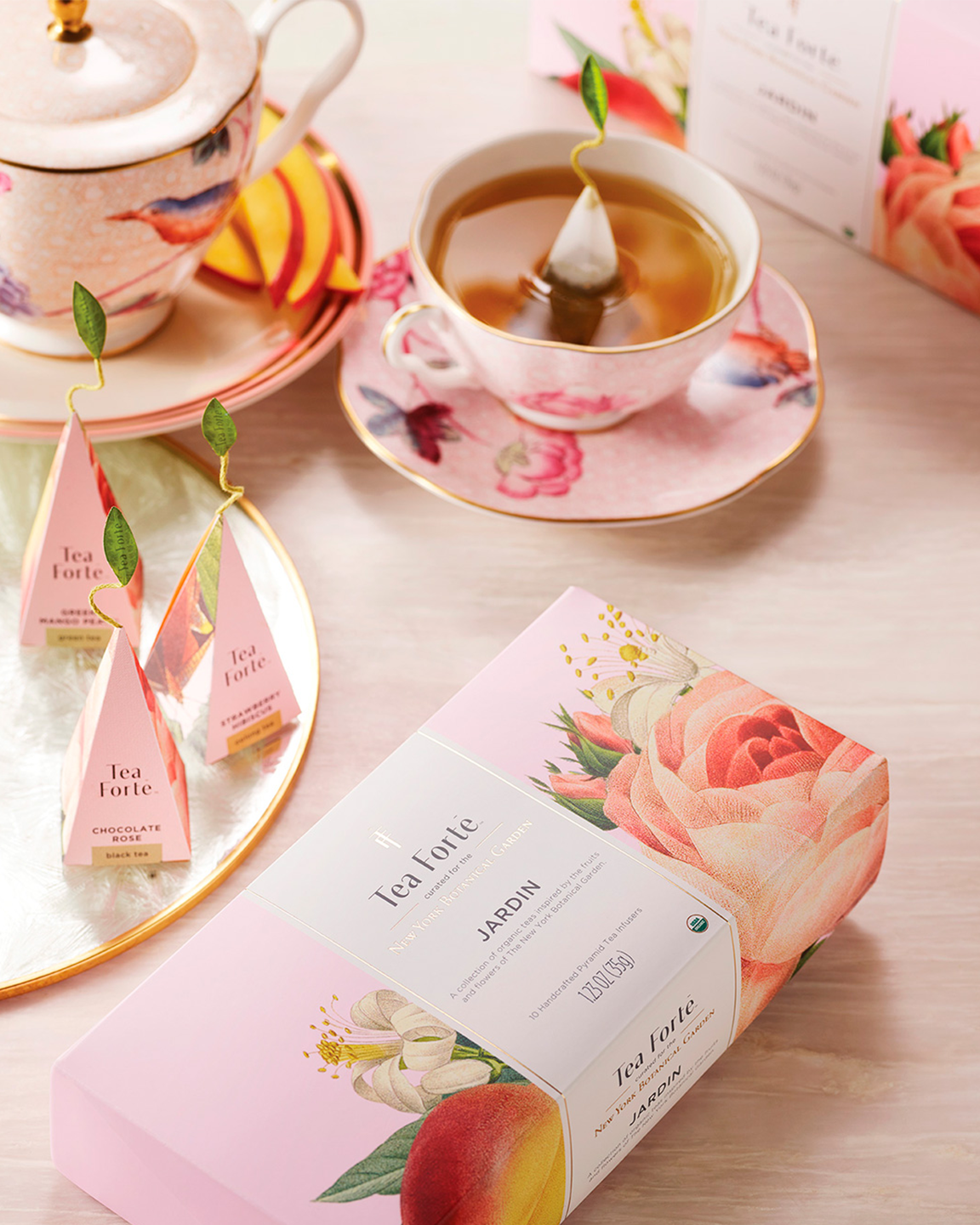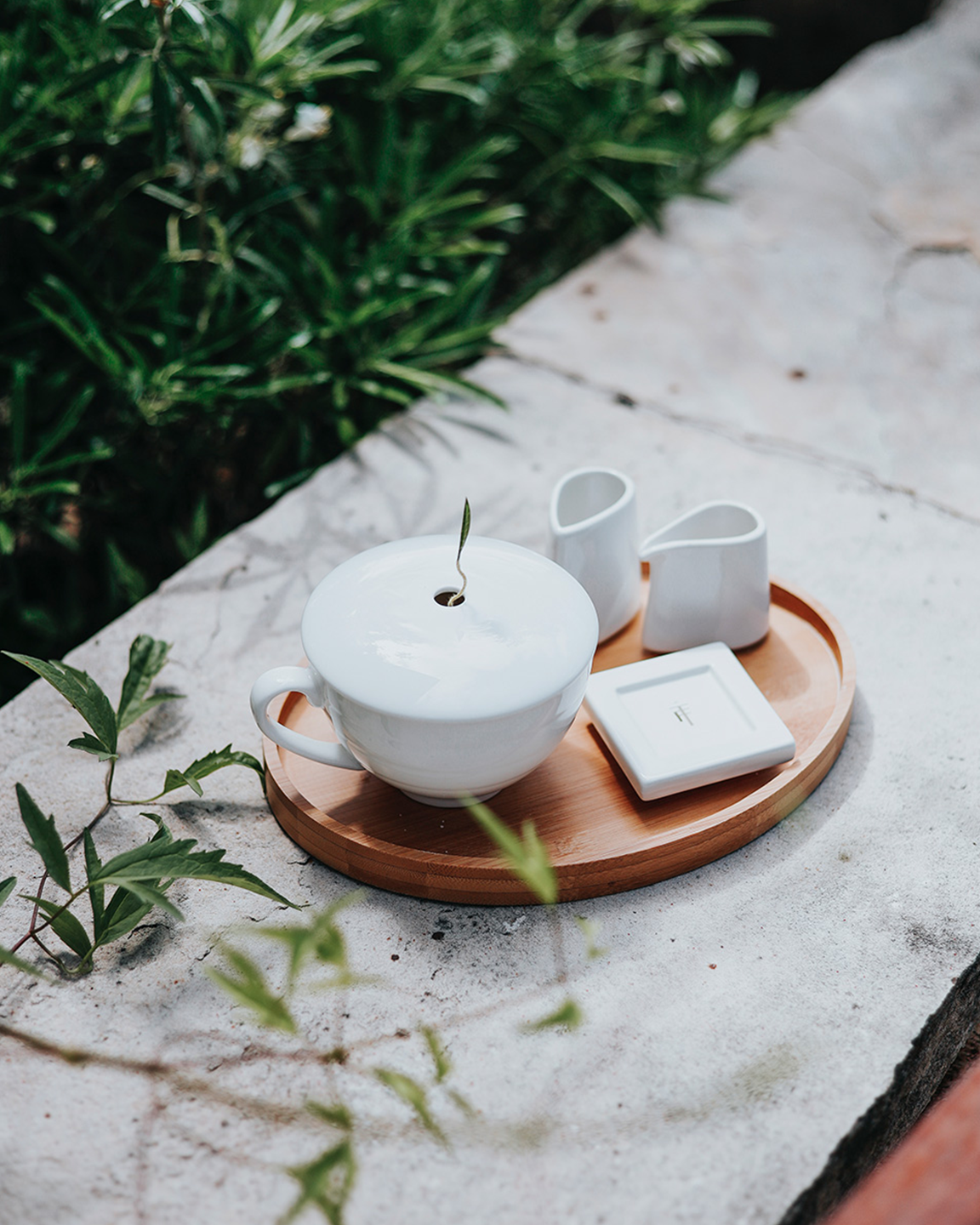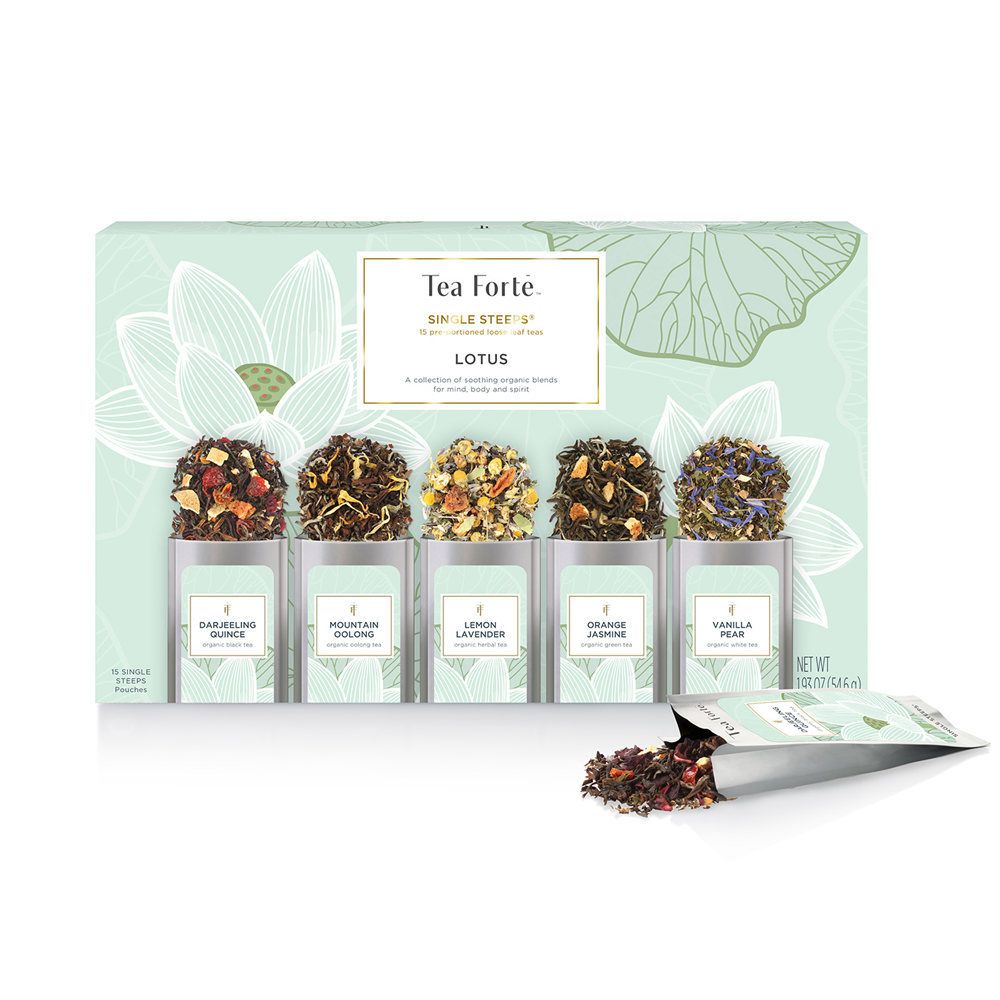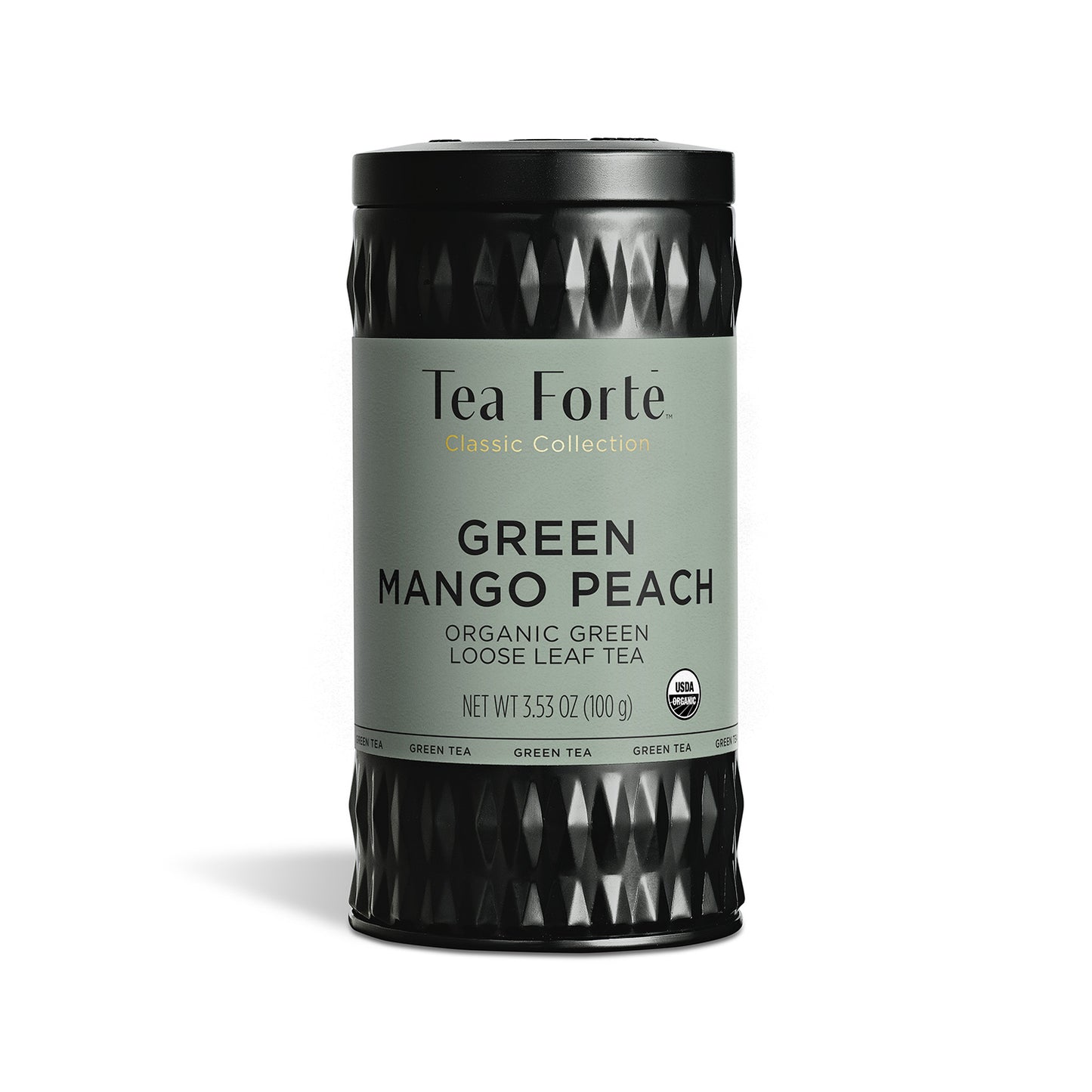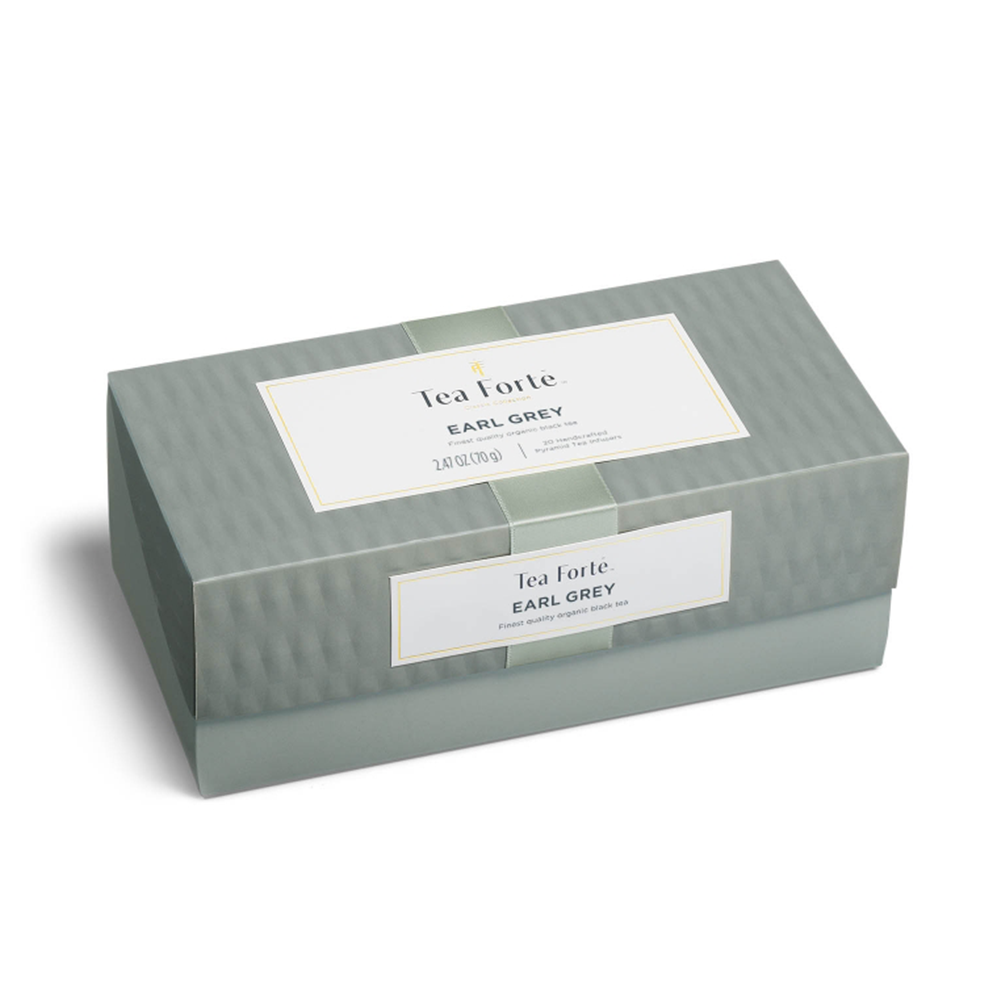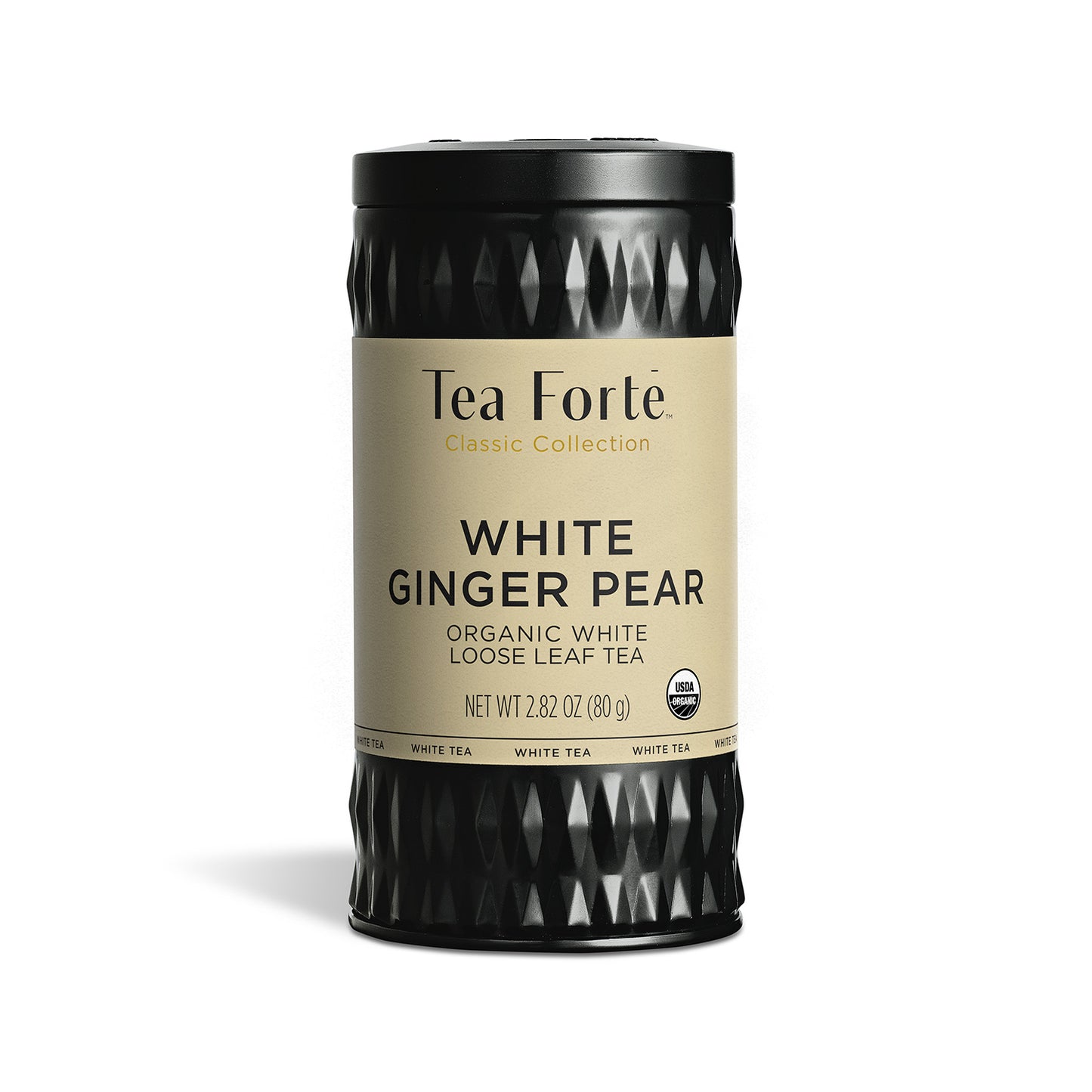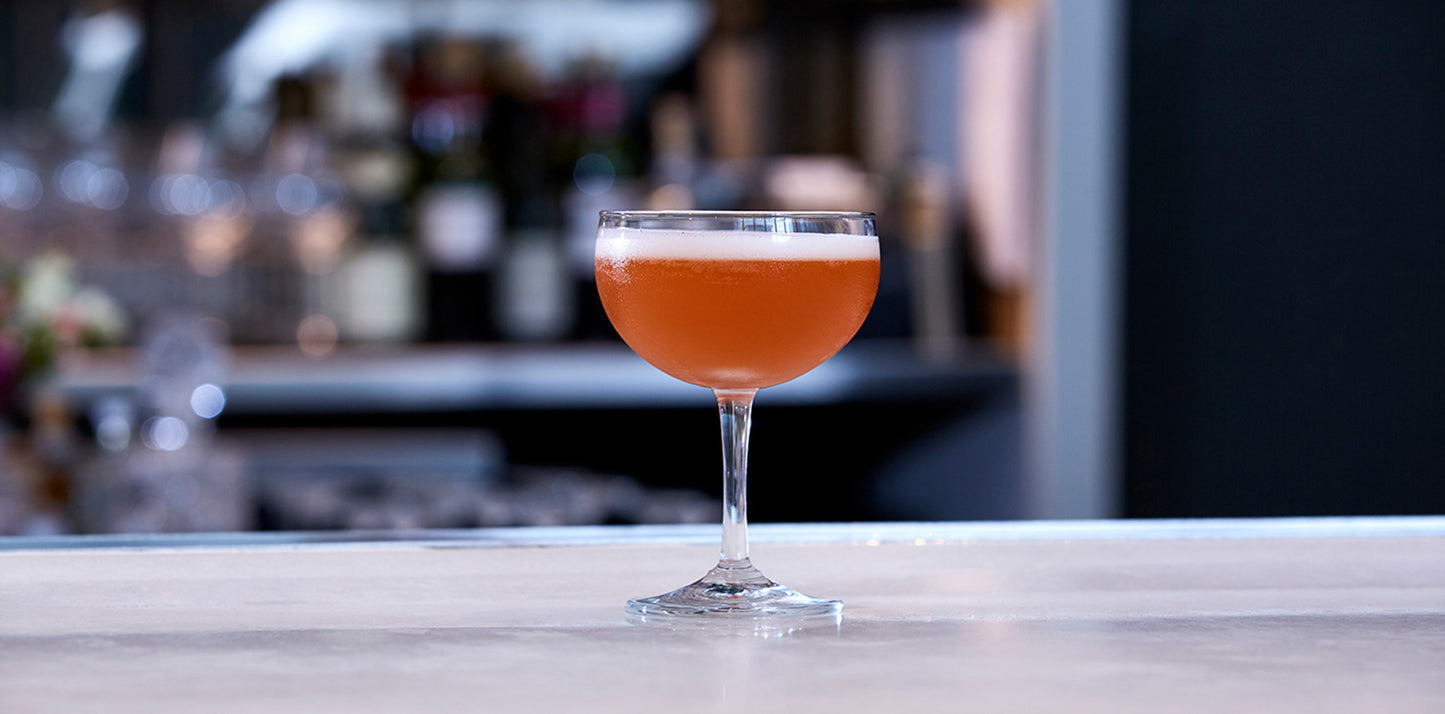

Celebrated cocktail master Tenzin Samdo joins Tea Forté to create exclusive seasonal recipes, blending fine teas with familiar spirits and explaining why they work so well together.
I was raised in northern India by my Tibetan family and moved with them to the United States in high school. I found an after-school job at a Cambridge coffee shop where I had to learn quite a bit on the fly. I had only been in America for a month and knew little about its cuisine, but I was eager to learn. So, I tried everything from food running to oyster shucking over the years, eventually becoming a bartender. As I rose through the ranks from one cocktail program to another, I fell in love with the art of serving people stories in a glass.
ALCHEMY IN A CUP
When we enjoy an elixir made with tea, we’re led through a series of sensations that must be experienced to be understood. In bar recipes, tea can take the place of as many as eight or nine other ingredients because it packs so much complexity into such a small amount of liquid.
Like perfume, we can think of tea in terms of top, middle, and base notes, each leading into another. In a tea cocktail, we’re taken on a journey as the notes unfurl, dancing with the spirits in our glass and revealing each stage as we sip. Such depth of flavour can’t always be found in traditional cocktails, which is why tea is such an exciting ingredient.
Served hot in a teacup or swirled cold into a coupe glass with spirited accompaniment, tea offers a fascinating study in chemistry. Different types respond differently to water temperature, steeping time, and additions like milk and honey. Light herbal tisanes, complex chai blends, and everything in between can bring something unique to the table – or, in my case, to the bar.
Some teas change colour when you alter their pH level, naturally adding visual interest without complicated chemicals or dyes. Blue tea from Southeast Asia is a great example of this: when you add lemon, the bright blue liquid turns purple, and when you reduce its acidity with hibiscus flowers, it turns red. In cocktails, it adds a performative aspect to the art of serving a drink, connecting and delighting those on both sides of the interaction.

Try an Earl Grey Old Fashioned.
TRAVEL IN A GLASS
Tea and people have a lot in common, particularly in the ways we migrate. A tea from one part of the world may travel around the globe and influence all who experience it: take, for example, the Assam leaf. Originating alongside the Brahmaputra River, Assam tea leaves were introduced to Europe by an adventurous Scotsman in the 1820s, soon finding their way into the cup of the British Prime Minister (Charles Grey, the Second Earl), flavoured with a touch of bergamot oil.
We now know this blend as Earl Grey, enjoyed by millions of people the world over. Incidentally, it has a history as a cocktail ingredient, popular among the British working class who blended it with gin in the mid-19th century. Today, it can be found in artisanal chocolates, ordered with liquor at craft cocktail bars, and found in bottles of infused spirits. Even more ubiquitous is its place in a daily ritual enjoyed on every continent, often with a slice of lemon. All this, is from tiny leaves grown by a river in India.
CHEERS TO YOUR HEALTH
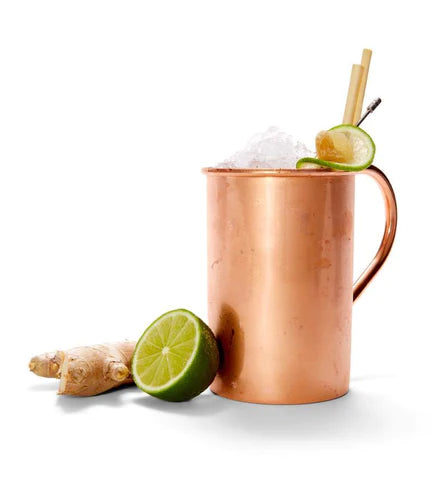
Tea and its fellow botanicals play a prominent role in Ayurvedic medicine, which has long used natural ingredients to calm the body and mind while preventing or treating ill health. Thanks to modern studies, we also know about the antioxidative properties of tea, supporting our bodies and promoting overall wellness. Blended into beverages at the bar, it can make the occasional cocktail feel like less of an indulgence and more of an exercise in balance.

